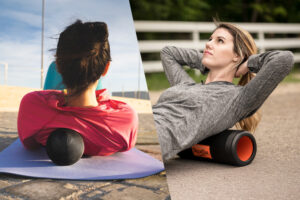
Free Shipping on $50+
You’ve heard the term muscle knot, but what exactly is it? Muscle knots may be responsible for 70-85% of all pain and muscle dysfunction. Let’s take a deep dive into muscle knots and how to treat them.
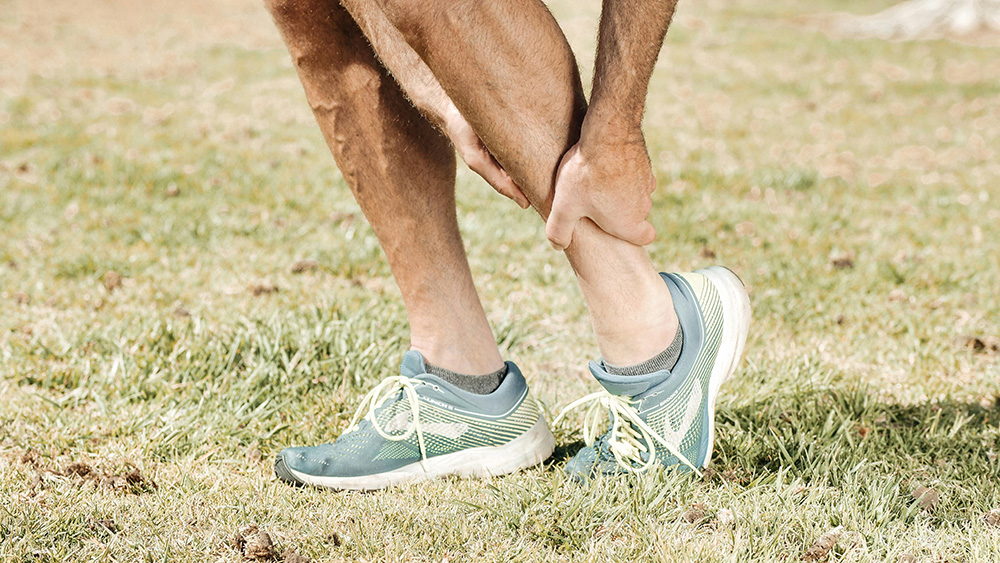
Travell and Simon define muscle knots, also known as trigger points, are hyperirritable spots within muscle tissue. They can feel like a small pea or even a marble under the skin. When these knots are pressed, they can cause referred pain to other body areas.
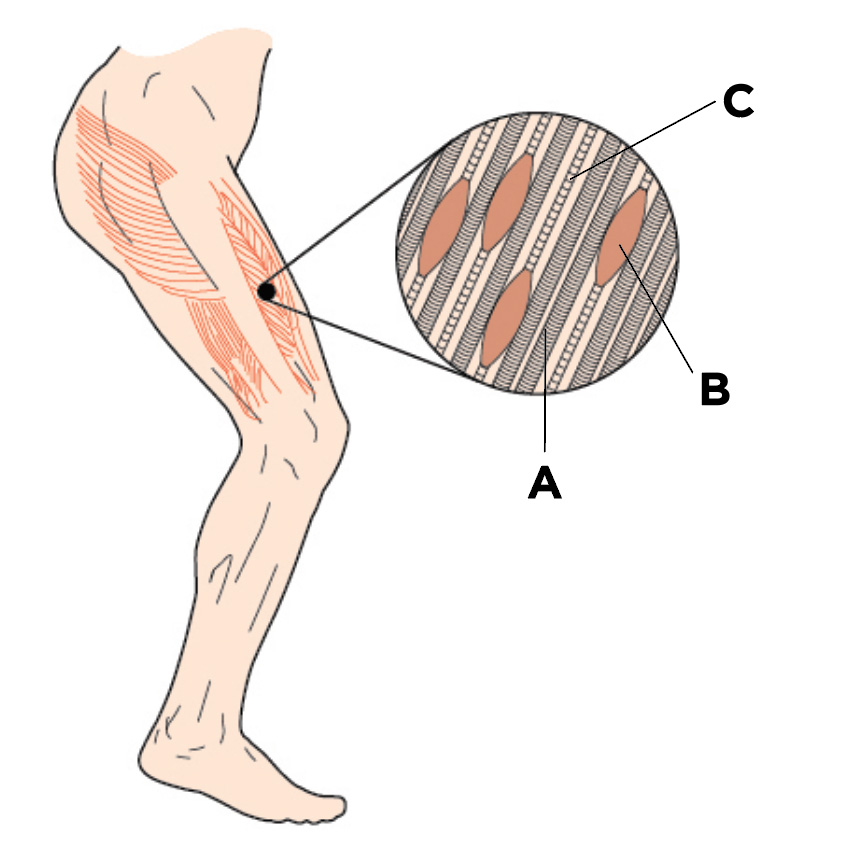
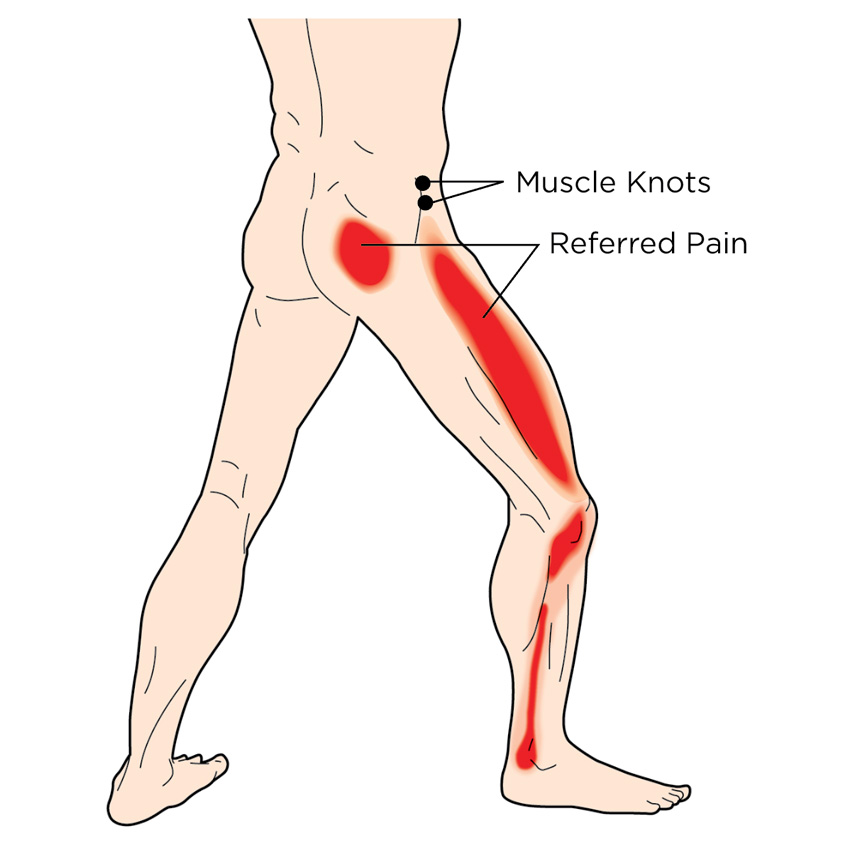
This illustration shows where the muscle knots are located and the referred pain pattern
Symptoms of muscle knots can vary but may include:
Muscle knots form when muscle fibers become overworked or from overtraining. Another reason that muscle knots form is due to keeping the muscle in a shortened position without stretching it for extended periods of time. For example, sitting at a desk can cause the hip flexor muscles to shorten and refer pain to the thigh and knee. Other factors that can cause muscle knots are contributing or perpetuating factors. These include:
Pain in the heel and bottom of the foot can often be traced back to muscles in the lower leg. These muscles can develop knots, which are localized areas of tight muscle fibers. These knots can cause pain not only where they are located but also refer pain to other areas, including the heel and bottom of the foot.
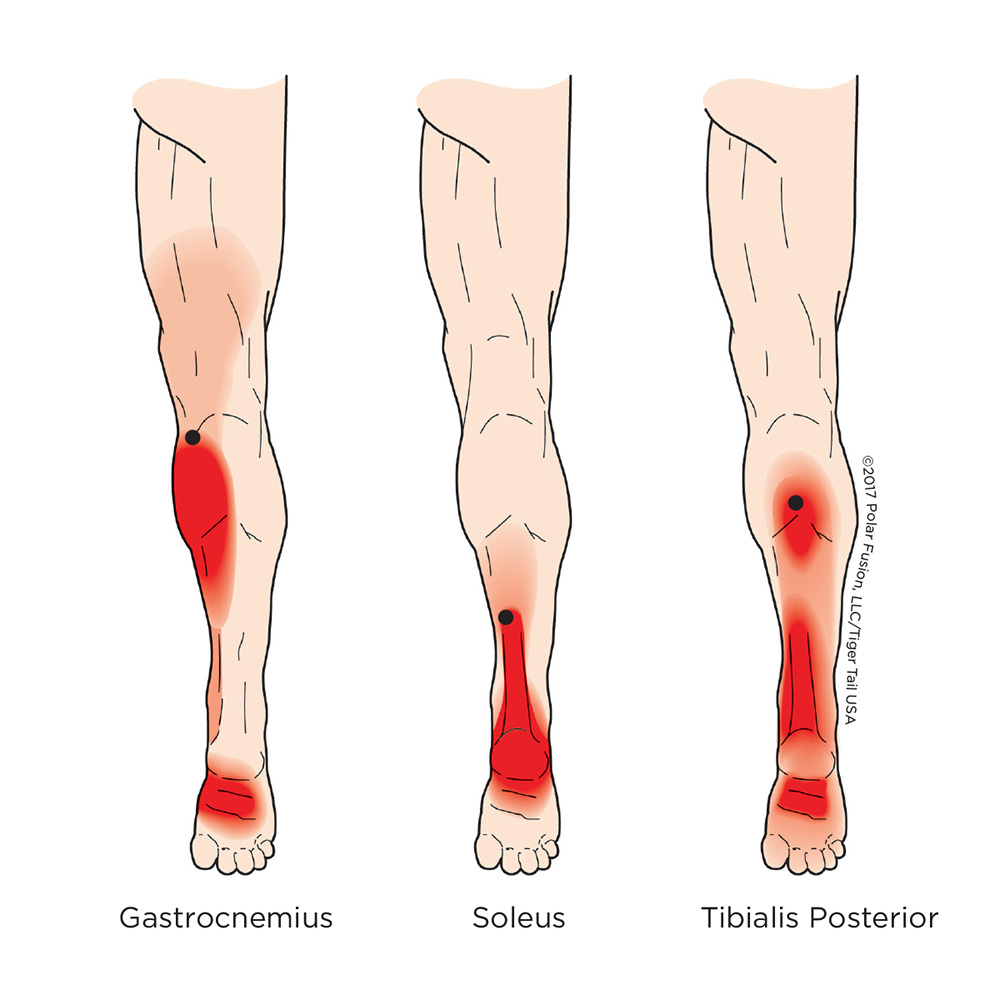
Let’s go back to our sitting at a desk example. If the chair is not the proper height and the feet are unable to touch the floor, we end up putting the heel on the base of the chair and only the toes on the floor. This leads to shortened calf muscles and the potential formation of trigger points in the soleus, gastrocnemius, and tibialis posterior.
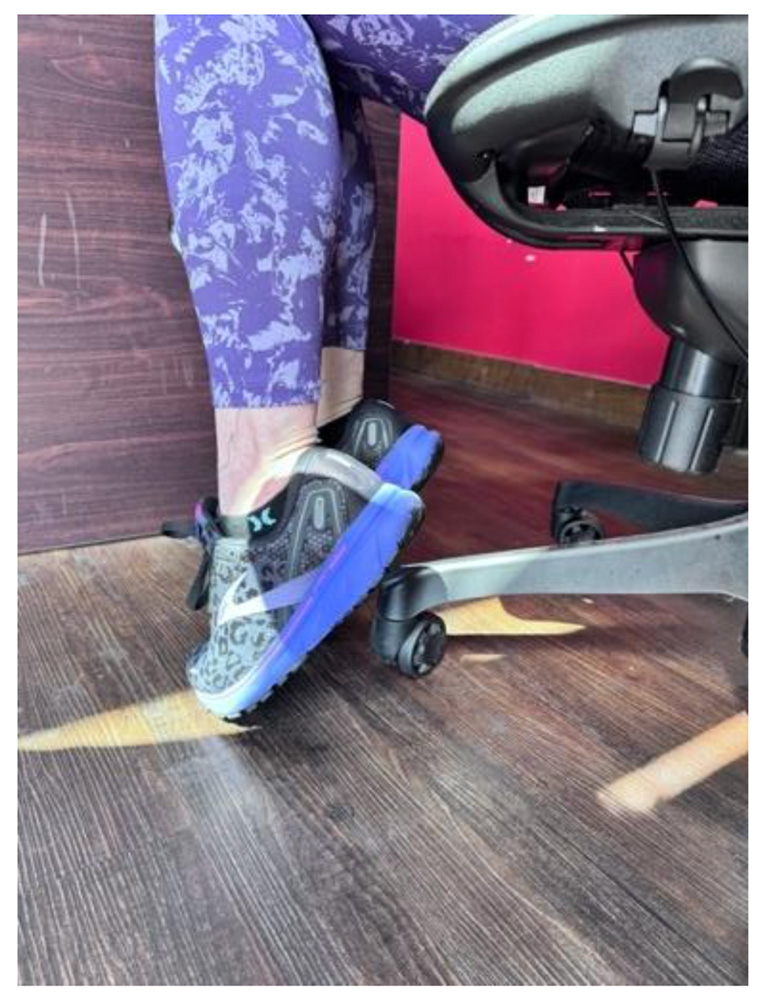
The Tiger Tail family of tools were created to perform accumassage, self-massage and release of trigger points all on your own, without the assistance from someone else. Here are some ways to use tools to treat muscle knots that cause foot pain.
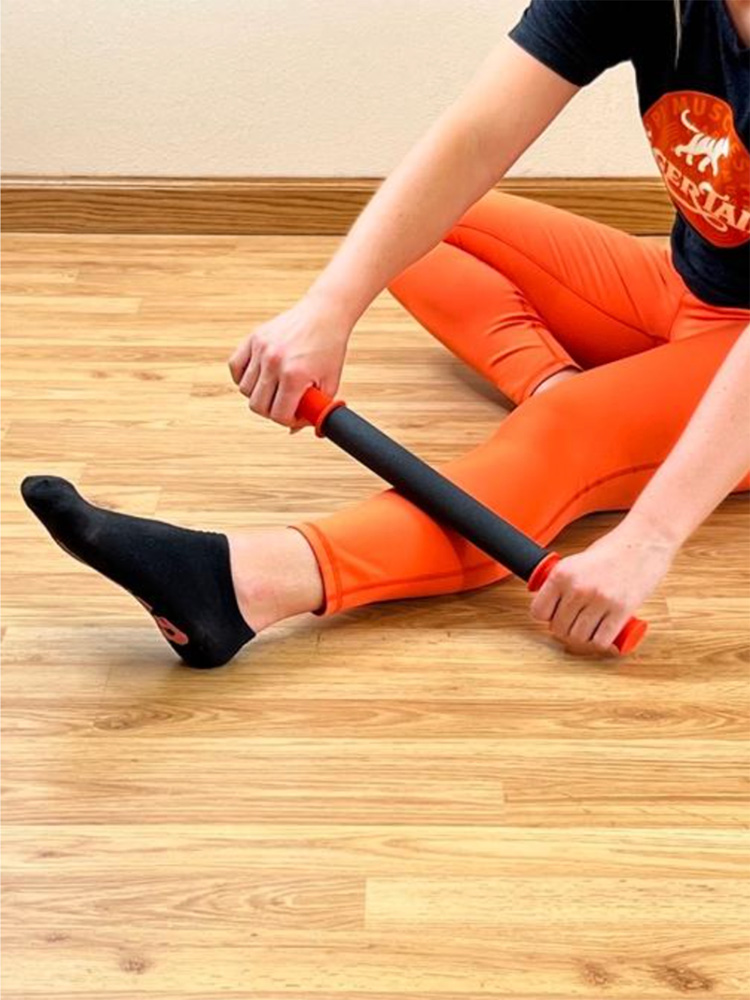
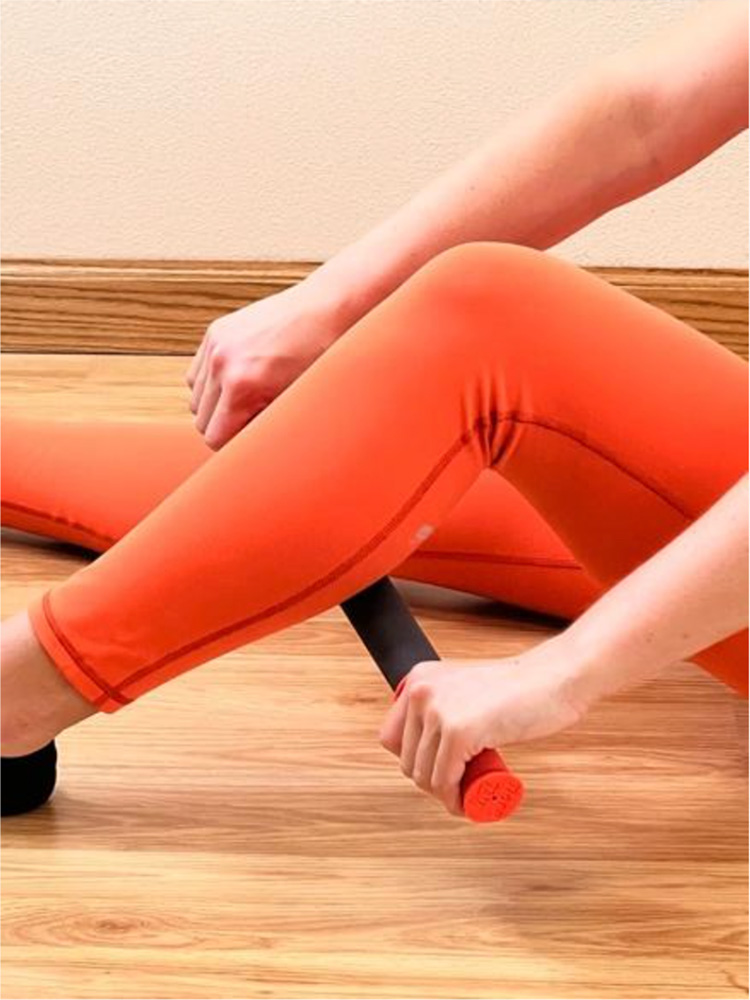
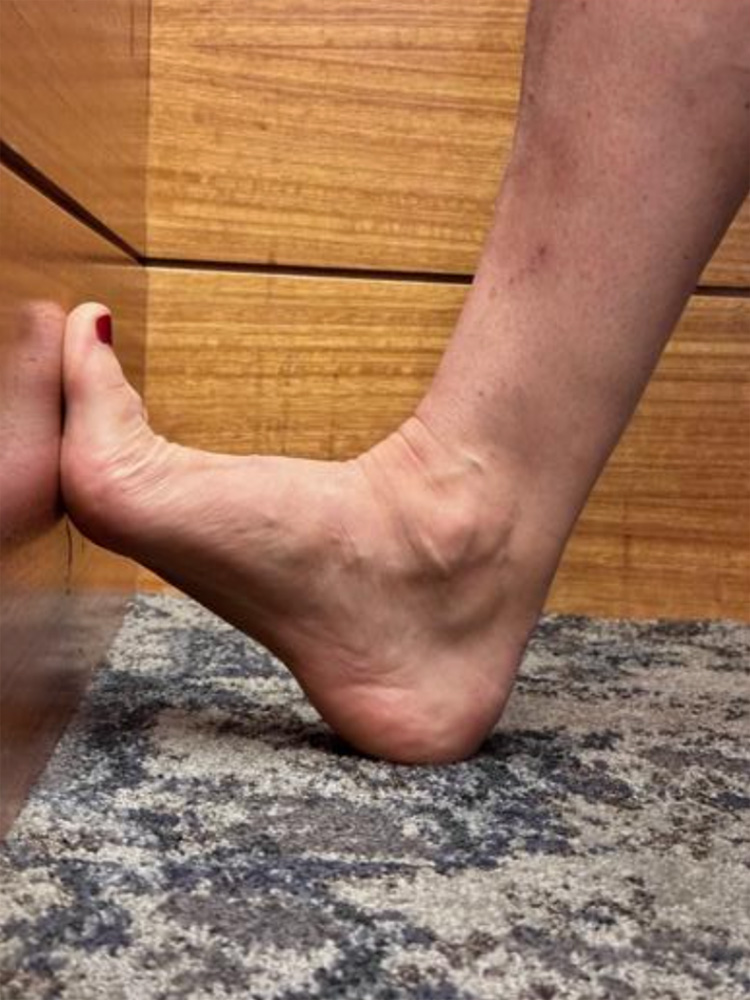
Roll the middle of the foot for 15 seconds
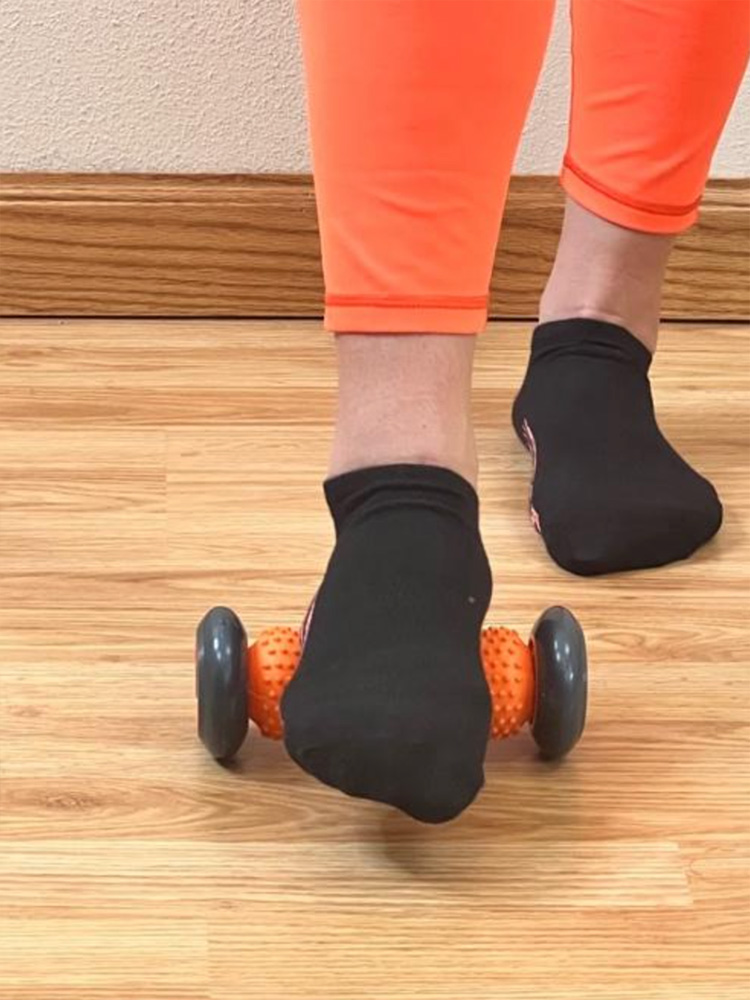
Roll the outside edge of the foot for 15 seconds
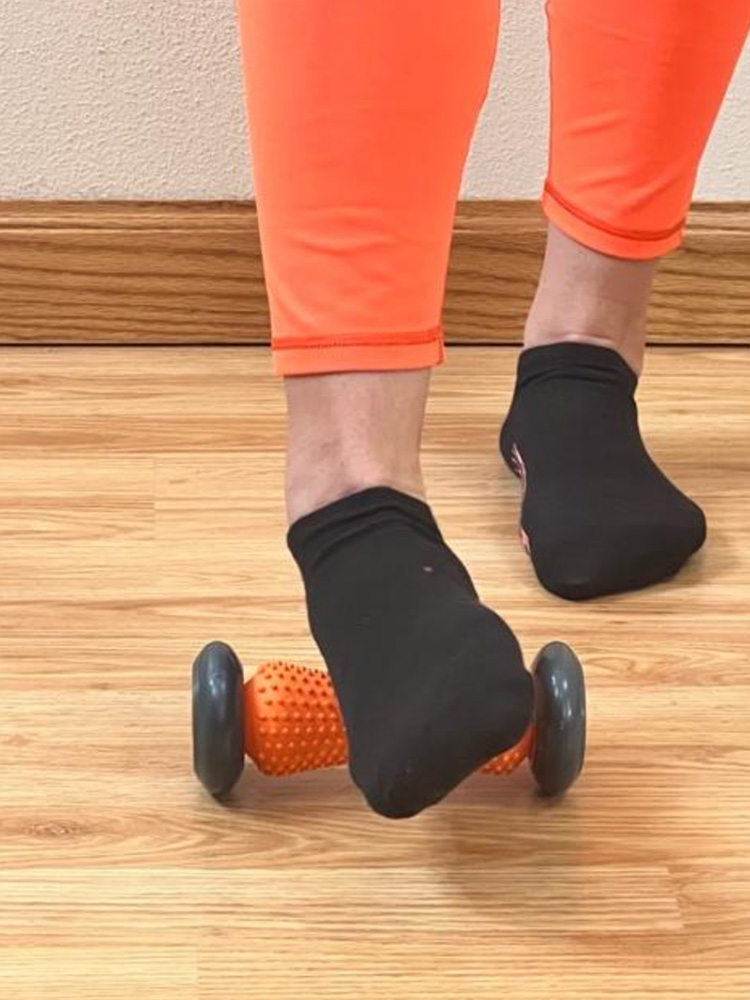
Roll the inside edge of the foot for 15 seconds
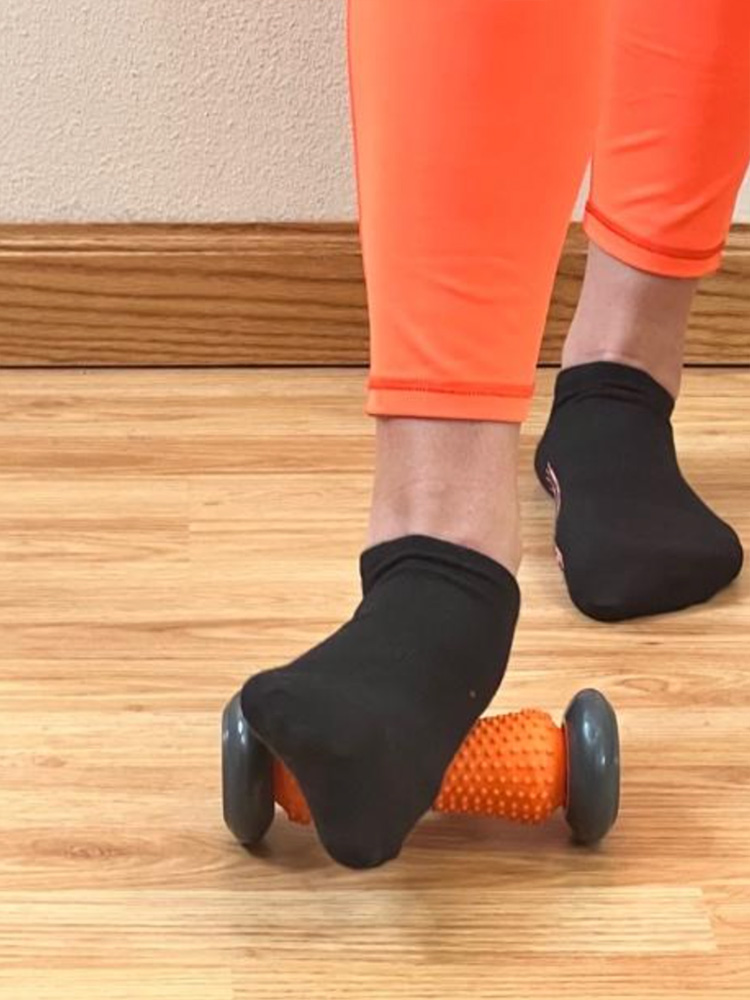
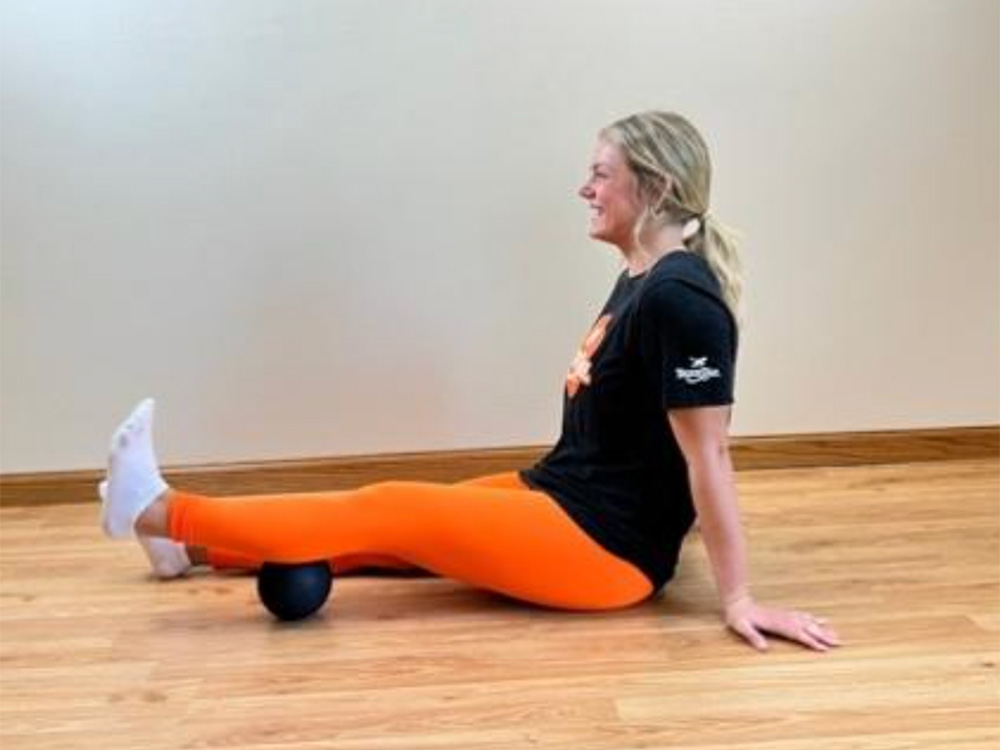
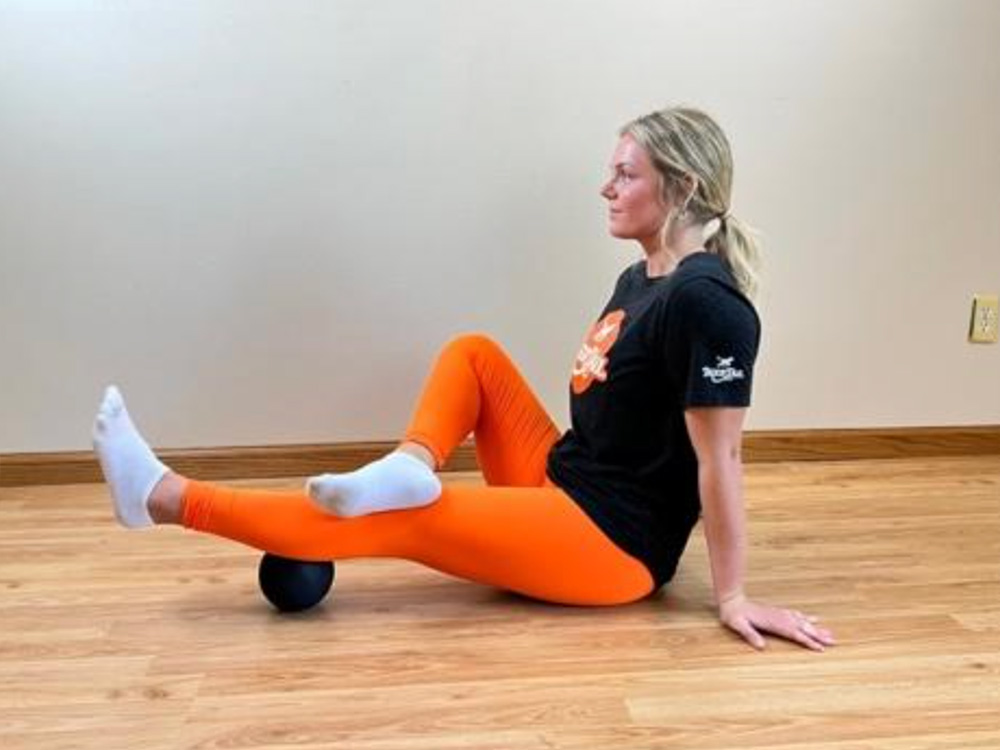
For more information on using Tiger Tail tools to treat muscle knots, email [email protected] or visit www.tigertailusa.com
Poenaru, D., Badoiu, S.C., & Ionescu, A.M. (2021). Therapeutic considerations for patients with chronic plantar fasciitis (Review). Medicine International, 1, 9. https://doi.org/10.3892/mi.2021.9
Travell, J. and Simons, D. (1992) Myofascial Pain and Dysfunction: The Trigger Point Manual. Williams & Wikins, Philadelphia.
Disclaimer: This blog post is for informational purposes only and should not be considered medical advice. Please consult with a healthcare professional for any health concerns.
Stay Up-to-Date!

Dr. Julie Zuleger has over 20 years of experience as a Licensed Massage Therapist, Certified Strength, and Conditioning Specialist (CSCS), Corrective Exercise Specialist, RYT-500 Yoga Instructor, and Human Movement Specialist. Julie promotes self-care using massage tools and stretching-based programs and teaches continuing education courses for yoga teachers, massage therapists, athletic trainers, strength and conditioning, fitness, and wellness professionals. Julie holds a PhD in Education and is the Director of Kinesiology and Education at Tiger Tail USA.